
How Often Should You Change Your Pillow? The Complete Guide.
Ever wondered how often you should replace your pillow? If you're like most people, you may have never given it much thought. But pillows play an essential role in our sleep health, and knowing when to swap them out could be the key to better sleep.
Let's explore how to keep your pillows fresh and support your well-being.
Understanding Pillow Shelf Life
Is your pillow feeling a bit tired?
Over time, pillows accumulate oils, dust mites, and bacteria, and some materials lose their shape and support. Yet, many of us continue to cling to old pillows without realizing the toll it takes on our health, a mistake that can impact sleep quality and overall well-being.
Recognizing Signs of a Worn-Out Pillow
Your pillow may be due for a change if it looks flat, feels lumpy, or has visible stains. These are classic signs of a pillow that's past its prime. If you're waking up with neck stiffness or headaches, it might be time to say goodbye to your old friend. Comfort matters, and a supportive pillow is essential for restful sleep.
-
Loss of Shape: Your pillow no longer springs back to its original form and looks flat or lumpy, indicating it has lost its ability to provide proper support.
-
Discomfort: You wake up with neck or shoulder pain, or find yourself constantly adjusting the pillow during the night for comfort, suggesting it no longer supports your sleeping posture.
-
Visible Wear: Noticeable tears, frayed edges, or yellowing fabric are signs that the pillow is past its prime and may harbor allergens and bacteria.
-
Clumping or Uneven Filling: The filling inside the pillow is bunched up or unevenly distributed, leading to inconsistent support and discomfort during use.
-
Allergies or Odor: An increase in allergy symptoms or a persistent musty smell despite regular cleaning can indicate that the pillow is harboring dust mites or mold, and it's time for a replacement.
The Perfect Pillow for Every Sleep Position
Choosing the right pillow for your sleep position is crucial.
Side sleepers may benefit from a firm, high-loft pillow, while back sleepers need something medium-firm to support the natural curve of the neck.
Stomach sleepers should opt for a softer, low-profile pillow to minimize strain.
When to Bid Farewell to Your Pillow
Wondering when to replace your pillow?
Experts advise a general timeline of every one to two years, but it varies by type. Feather and down pillows may last up to two years, while polyester options might need replacing every few months. Foam pillows hold their shape longer, making them a durable choice.
Maintaining Pillow Hygiene
To extend your pillow's life, practice good hygiene. Use pillow protectors to guard against oils and sweat, and wash your pillows every six months if the care instructions permit. Regular maintenance not only keeps pillows clean but also enhances their longevity.
Regular Washing: Depending on the material, washing your pillows every three to six months can help remove dust mites, sweat, and allergens.
Use Pillow Protectors: Invest in high-quality pillow protectors, which act as a barrier against sweat, oils, and allergens.
Fluff and Rotate Regularly: Keep your pillows in shape by fluffing them daily.
Avoid Moisture: Moisture is the enemy of pillows. To prevent dampness, ensure your bedroom is well-ventilated. If you sweat excessively at night, consider using moisture-wicking pillowcases.
Proper Storage: If you have extra pillows or switch them out seasonally, store them in a cool, dry place. Avoid plastic bags, which can trap moisture and lead to mold growth.
Investing in Quality Pillows for Better Sleep
A good pillow is an investment in your health.
Choose quality materials like memory foam or graphite latex for durability and comfort. Look for pillows that offer the right balance of softness and support - and don't be afraid to spend a little more for long-lasting quality.
(See also - The Ultimate Guide to Choosing Pillows for Every Mattress Type)
A Recap of Pillow Wisdom
So if you're waking up with a sore neck or a lingering headache? It might be time to examine your pillow performance!
Be aware not all pillows are created equal, and knowing when to replace them can make a world of difference to your sleep quality.
First up in the pillow lineup are feather and down-filled pillows.They might feel luxurious at first, but after about two years, these pillows tend to lose their shape, leaving you with a flat, lifeless cushion.
British wool pillows may last 3-5 years if they are taken care of properly. Some people claim they can even last a lifetime!
Then there are polyester-filled pillows, which, while affordable, have a lifespan as short as two months before they start to sag and lose support.
Organic Buckwheat Hull Pillows are incredibly durable. Some people have had their pillows for 10 to 20 years! You can extend the life of your buckwheat pillow by periodically replacing the buckwheat hulls and regularly washing the case.
You can extend the life of your buckwheat pillow by periodically replacing the buckwheat hulls and regularly washing the case.
Enter memory foam pillows, the unsung heroes of the pillow world!
Thanks to their resilient structure and composition, foam pillows bounce back night after night, offering long-lasting support. Their durability is unmatched, making them a solid investment for your sleep health.
So how do you know if your pillow is past its prime?
Try Sammy Margo’s entertaining 'broken pillow test!' It’s simple, fun, and tells you all you need to know in no time.
Here’s how it works: fluff up your pillow, fold it in half lengthways, and place a sneaker on top. If the pillow stays folded like a tired old taco, it’s time to part ways. But if it springs back with gusto and flings that shoe off like a trampoline, you’re safe to snuggle up with it for a while longer.
Remember, a good night’s sleep starts with a supportive pillow. So, take the test and see if your pillow is up to the task of delivering sweet dreams and restful nights!
Actionable Steps to Enhance Sleep Quality
Begin by assessing your current pillow situation and deciding if it's time for a change. Explore different pillow types and choose one that suits your sleep style. Don't forget to incorporate regular cleaning into your routine. For tailored guidance, reach out to sleep experts who can help refine your choices.
By prioritizing pillow care, you'll enjoy the health benefits of new pillows and discover the joy of comfortable pillows for better sleep.
Sweet dreams await!





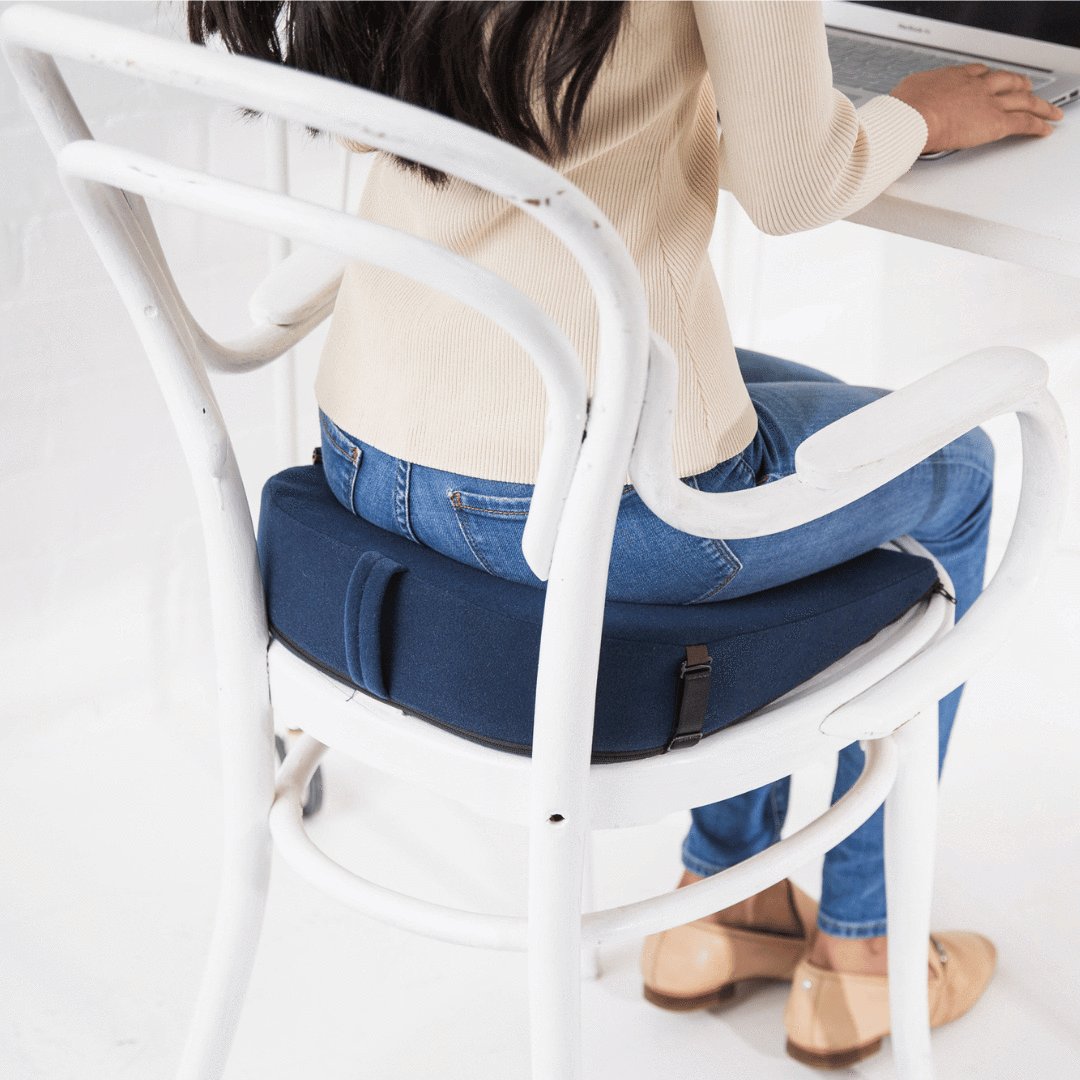




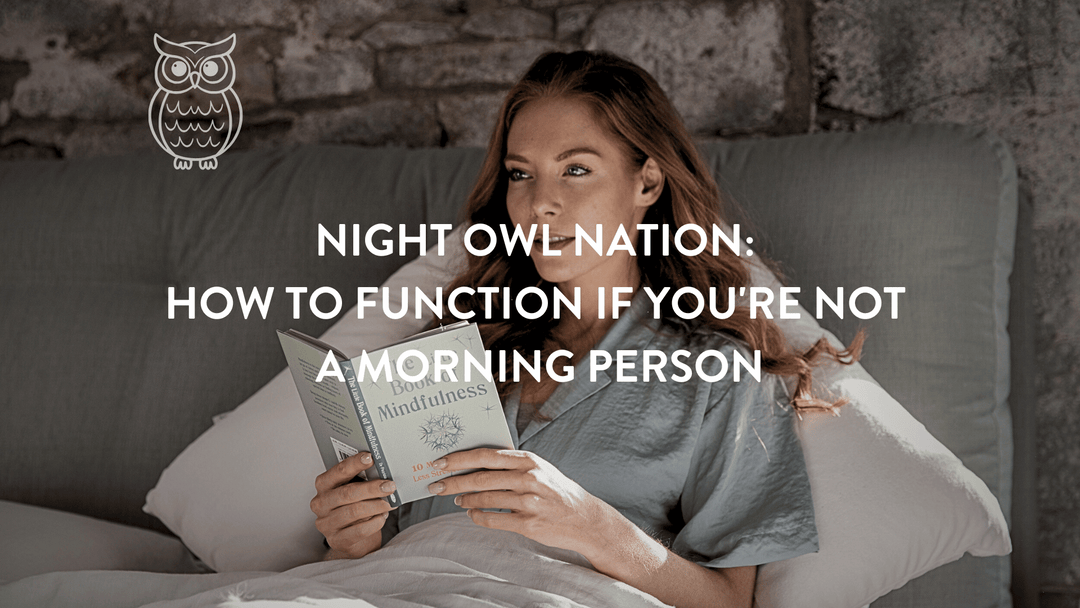
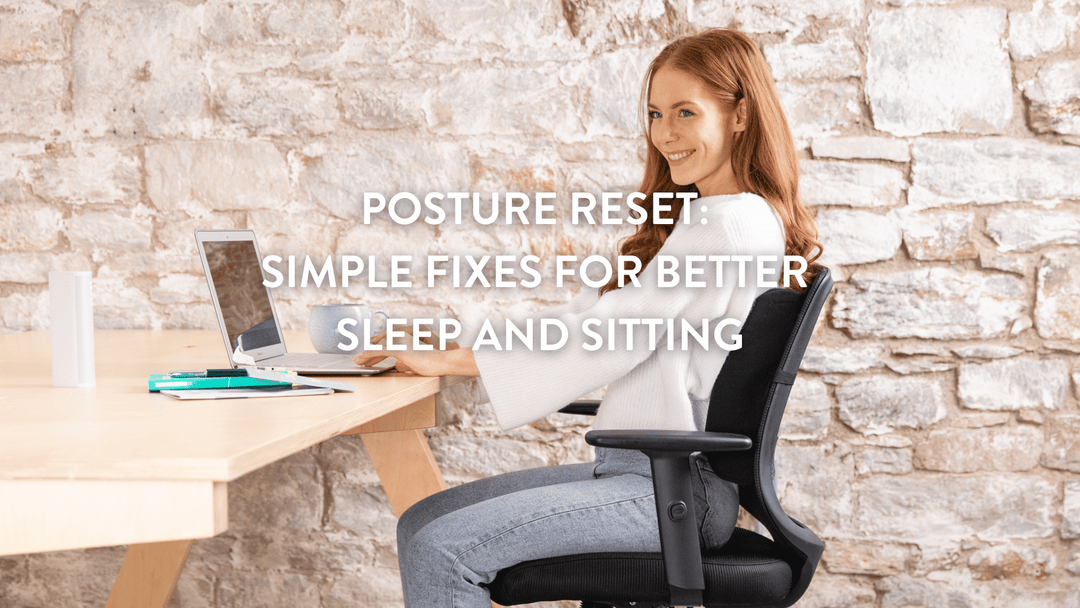
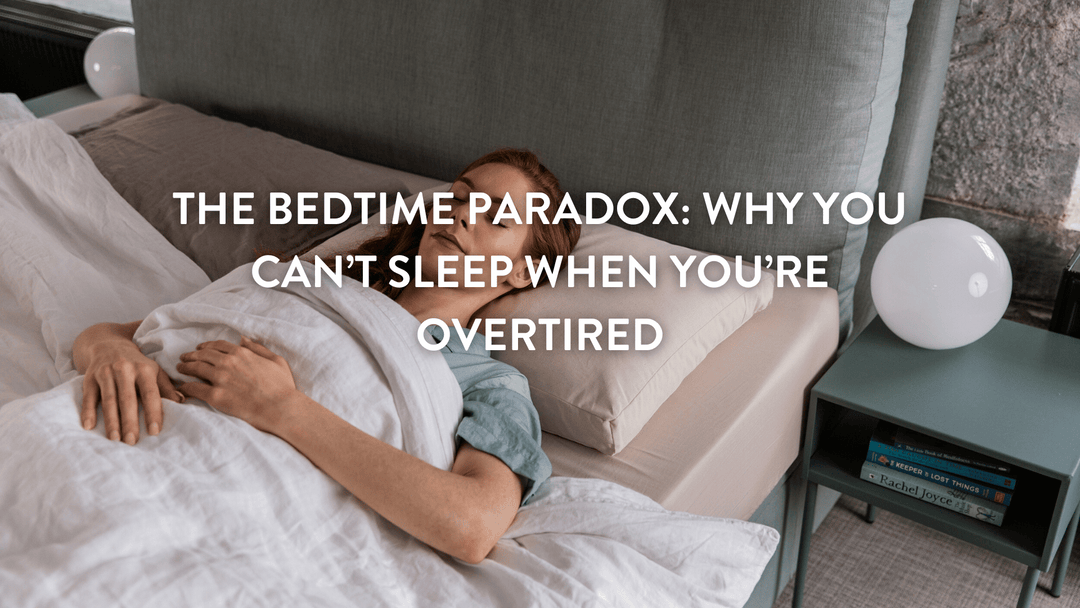


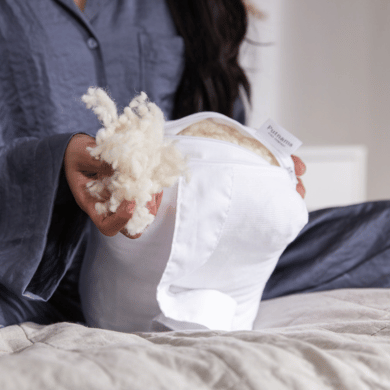

Leave a comment